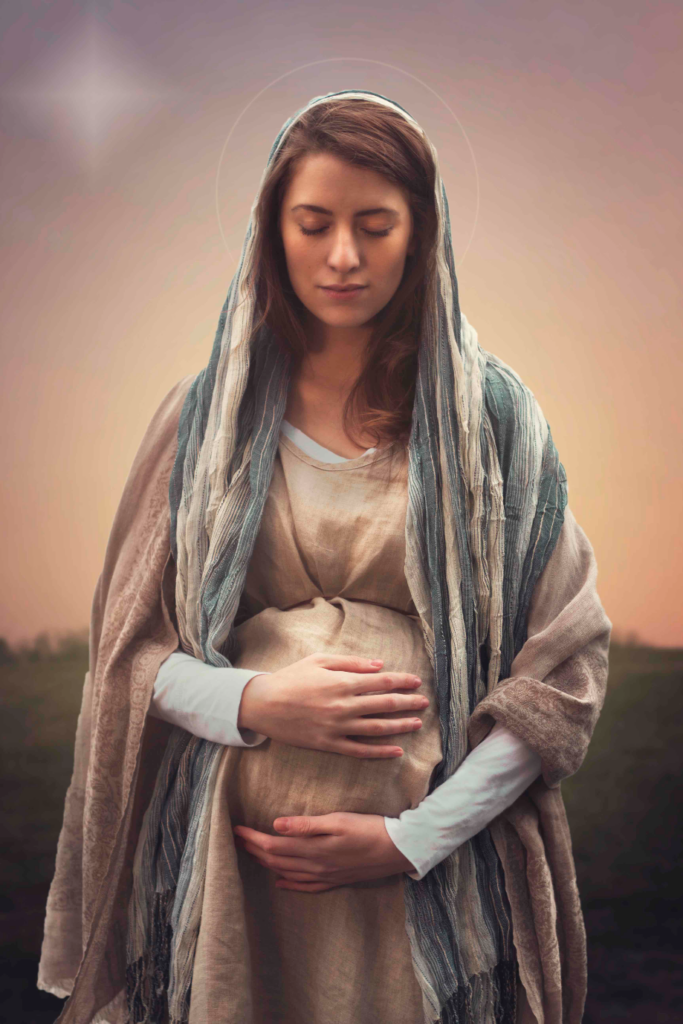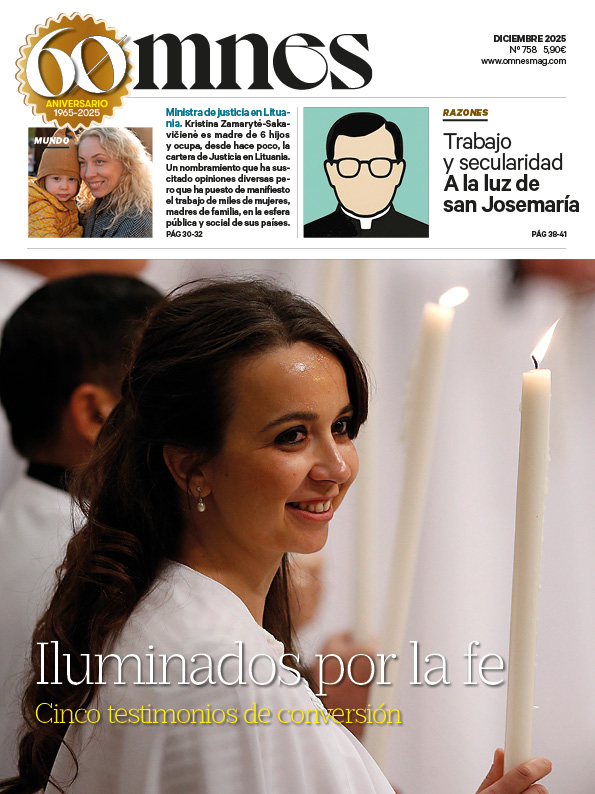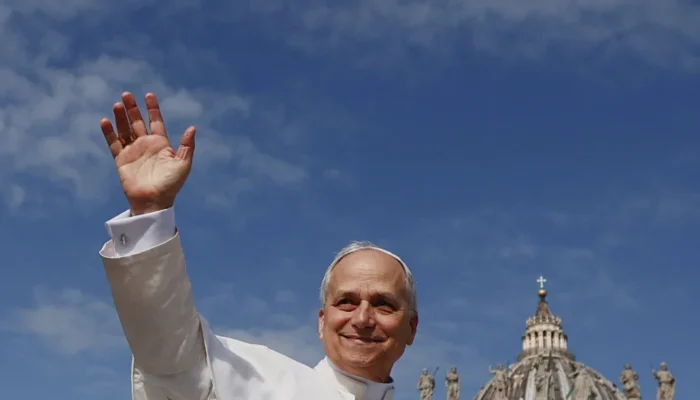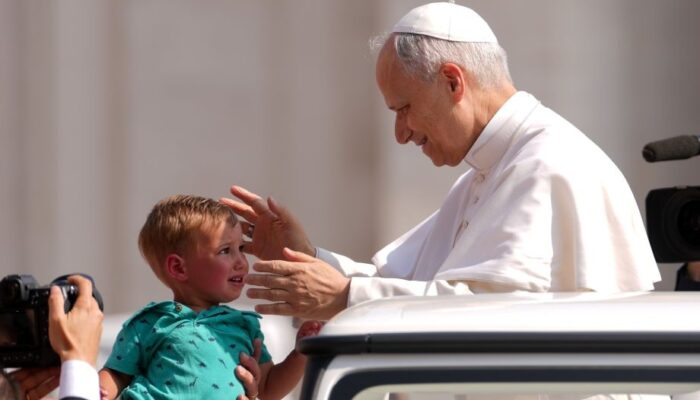If you are a mother, this is of interest to you: living cells of your children remain in your body and their youth protects you from many diseases, including cancer. Your cells also remain in your children all their lives. On this January 1st, solemnity of Mary, Mother of God, this gives much food for thought.
The phenomenon is called microchimerism and, in a recent conference, the Professor Emeritus of Biochemistry and Molecular Biology of the University of Malaga, Ignacio Núñez de Castro, pointed out that "these cells of the child will appear in the heart, in the brain or in the mother's blood. They are pluripotent stem cells, whose main mission is to help the mother when she needs them. They are the explanation, continues this scientist, for a fact that "I have been observing for a long time: multiparous women are very long-lived, because they keep the remains of those children. That life they have given has given life to them," he concludes.
In the face of those who promote the so-called surrogacy, pretending to assimilate a woman's body to an incubator that is rented for nine months, biology shows us what most of us already knew by intuition: the physical relationship of the mother with her children does not end with childbirth, it lasts a lifetime, there is a bond that surpasses any other relationship and remains throughout the years.
This cellular exchange, Núñez de Castro adds in his paper, which can be searched for at Youtube with the title "Dignity and vulnerability of the embryo".This means that mothers carry inside themselves even part of the children they did not get to know because their pregnancies did not reach full term. In other words, mothers carry within them even part of the children they did not get to know because their pregnancies did not reach full term. Do women who suffer for having miscarried voluntarily or involuntarily know that this child will be forever by their side, helping them to heal their wounds?
Also on the eighth day, this time since Christmas, we celebrate Mary's feast day as "Mother of God". It is one of the oldest denominations by which the Christian community refers to the Virgin. Although it was not until the 5th century when the Council of Ephesus officially attributed this title to Mary, there is evidence that, at least since the third century, the expression was already in common use in the Church. In this century is dated the oldest papyrus found so far that collects a popular prayer, which still is, and which reads:
Under your protection we take refuge, holy Mother of God;
do not reject the petitions that we address to you in our needs,
but deliver us from all danger,
O ever Virgin, glorious and blessed!

As on so many other occasions, it was the faith of the simple people that made the hierarchy end up recognizing that truth: that if Christ was God, Mary could not be anything other than the Mother of God and hence her extraordinary exceptionality. The "full of grace", the "blessed among women" was considered by the first Christians as a creature like no other.
The data now offered to us by science help us to understand in depth that her special relationship with God was not only mystical, nor was it limited to the moment of the angel's greeting, the pregnancy or the first years of the child's life, but that pluripotential cells of Jesus - the second person of the Blessed Trinity as man, the one conceived by the work and grace of the Holy Spirit - lived within her during his entire earthly life. Likewise, cells of Mary (the cellular exchange during gestation is two-way) lived within Jesus during his 33 years of life and accompanied him in his Passion, Death and Resurrection. That "and you, a sword will pierce your soul" takes on an even deeper meaning.
And one last interesting fact pointed out by Professor Núñez de Castro. Microchimerism is not only limited to the exchange of cells between mother and child, but the younger siblings also receive part of those "lost" cells left by the older ones in the maternal body.
Questions such as: Was it necessary for Mary to be the Mother of God to be preserved from original sin in order to be able, to a certain extent, to merge with the flesh of the Holy of Holies? (Immaculate Conception) Was it necessary for those divine cells that the mother of Jesus harbored not to pass to other subsequent descendants in order to preserve their exceptional nature? (Perpetual Virginity) Would not the resurrection of Jesus and his ascension body and soul to heaven also imply the same destiny for his mother, bearer of the same genetic material? (Assumption). Mother of God, Perpetual Virginity, Immaculate Conception and Assumption of Mary. The four Marian dogmas in intimate relationship.
At the beginning of this Jubilee Year on the occasion of the 2025th anniversary of the birth of God, I express my amazement at the mystery of life that science is helping us to discover, and also at the mystery of an exceptional woman in the history of humanity. Contemplating with amazement how finely God has spun his incarnation, I can only exclaim today: "Mother of God!
Journalist. Graduate in Communication Sciences and Bachelor in Religious Sciences. He works in the Diocesan Delegation of Media in Malaga. His numerous "threads" on Twitter about faith and daily life have a great popularity.








